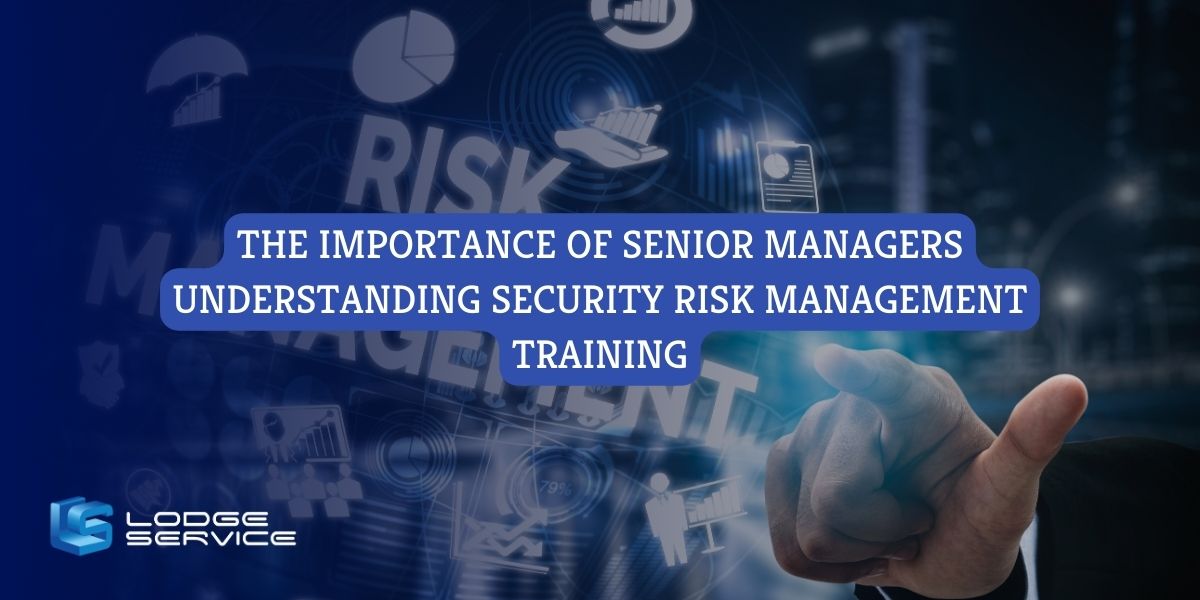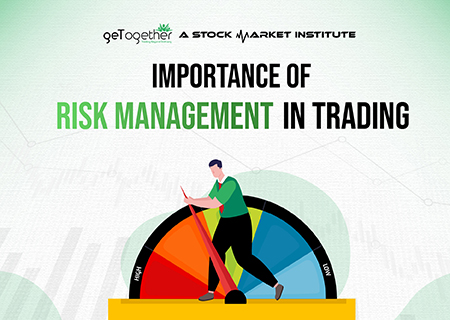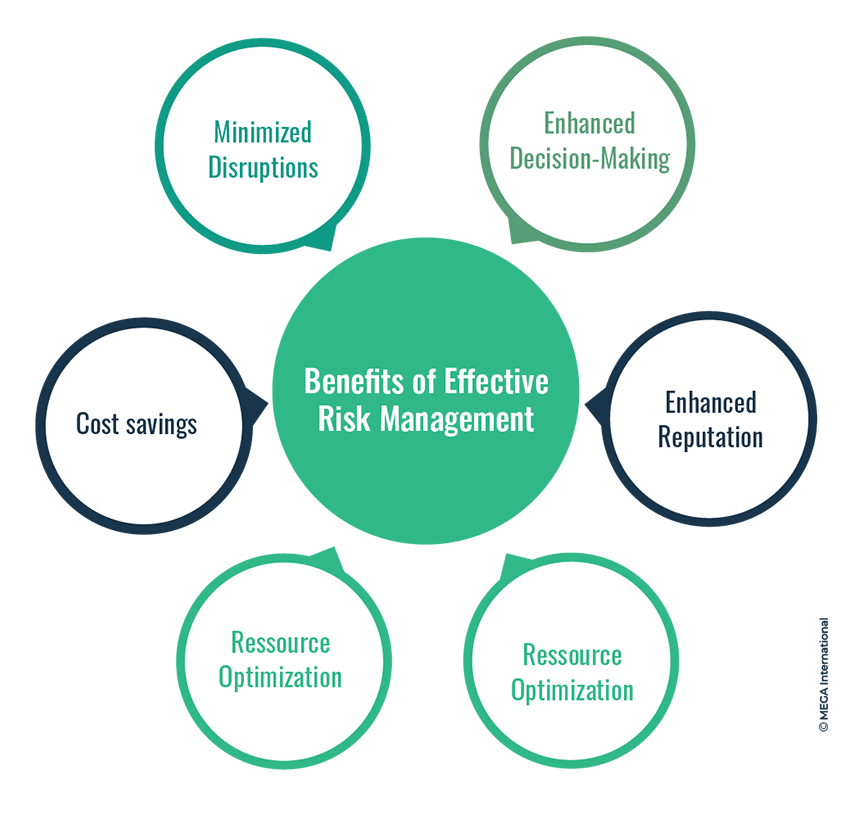Exploring the Long-Term Benefits and Importance of Risk Management for Entrepreneurs
Exploring the Long-Term Benefits and Importance of Risk Management for Entrepreneurs
Blog Article
Checking out the Significance of Risk Management for Effective Decision-Making Strategies
In the complex world of service, Risk Management becomes a vital consider the decision-making procedure. The ability to identify potential dangers and opportunities, and plan appropriately, can mean the distinction in between success and failing. With devices such as SWOT and PESTEL, organizations are geared up to make informed selections, fostering strength and versatility in an ever-changing atmosphere. Wondering how this works? Let's unbox the dynamics further.
Recognizing the Principle of Risk Management
Risk Management, a critical element in decision-making, is often misinterpreted or oversimplified. Usually, it refers to the recognition, assessment, and prioritization of dangers to minimize, check, and regulate the probability or impact of unfavorable events. Nevertheless, it's not simply regarding protecting against adverse outcomes, but likewise regarding identifying prospective chances. Risk Management involves organized and regimented methods, utilizing information and informative evaluations. It calls for an extensive understanding of the company's context, purposes, and the potential risks that might combat them. From economic unpredictabilities, legal liabilities, strategic Management mistakes, to mishaps and all-natural calamities, it attends to various dangers. Significantly, efficient Risk Management is not stagnant; it's a constant, progressive process that advances with altering situations.
The Function of Risk Management in Decision-Making Processes
In the world of strategic preparation and organization operations, Risk Management plays an indispensable function in decision-making processes. Risk Management therefore comes to be a crucial tool in decision-making, helping leaders to make enlightened selections based on an extensive understanding of the threats involved. Risk Management offers as a vital component in the decision-making processes of any type of organization.

Exactly How Risk Management Improves Strategic Planning
In the context of strategic planning, Risk Management plays an essential duty. Launching with the identification of potential threats, it even more reaches the implementation of Risk reduction actions. The function of Risk Management is dynamic yet not static, as it requires constant tracking and adjusting of techniques.
Determining Possible Threats

Executing Risk Reduction
Risk mitigation methods can vary from Risk avoidance, Risk transfer, to risk reduction. Each strategy needs to be tailored to the particular Risk, considering its possible impact and the organization's Risk resistance. Effective Risk mitigation requires a deep understanding of the Risk landscape and the potential influence of each Risk.
Monitoring and Changing Strategies
Though Risk mitigation is a crucial step in critical preparation, continual monitoring and change of these methods is equally vital. This recurring procedure allows companies to determine new risks and reassess existing ones, making certain the implemented strategies stay effective in the ever-changing company setting. It likewise gives a chance Check This Out to assess the success of the Risk Management steps, permitting changes to be made where necessary, additional enhancing critical planning. Efficient surveillance and modification require using analytics and vital efficiency signs (KPIs) to measure performance. These tools offer beneficial data-driven understandings that can inform critical decision-making. Consequently, monitoring and adjusting Risk Management approaches is an important part for boosting a company's resilience and strategic preparation.
Instance Researches: Effective Risk Management and Decision-Making
In the globe of business and financing, effective Risk Management and decision-making usually serve as the pillars of prosperous business. These instances highlight the value of sharp Risk Management in decision-making procedures. These instances emphasize the important function of Risk Management in critical decision-making.
Devices and Techniques for Reliable Risk Management
These tools, such as Risk signs up and heat maps, help in identifying and assessing prospective threats. Risk action methods, a key component of Risk Management, entail approving, avoiding, moving, or mitigating risks. With these methods and tools, decision-makers can navigate the facility landscape of Risk Management, thereby promoting educated and efficient decision-making.
Future Patterns in Risk Management and Decision-Making Techniques
As we explore the important site huge landscape of Risk Management, it becomes noticeable that the devices and strategies utilized today will certainly proceed to advance. The concept of Risk culture, where every member of a company is aware and involved in Risk Management, will get much more prominence. These patterns herald an even more proactive and comprehensive method towards Risk Management and decision-making.
Final thought

Risk Management thus becomes an important tool in decision-making, assisting leaders to make enlightened options based on an extensive understanding of the threats entailed. Risk reduction strategies can vary from Risk avoidance, Risk transfer, to risk decrease (importance of risk management). Effective Risk mitigation needs a deep understanding of the Risk landscape and the potential influence of each Risk. Risk action methods, a key part Recommended Site of Risk Management, include accepting, preventing, transferring, or mitigating threats. The concept of Risk society, where every participant of a company is aware and included in Risk Management, will certainly obtain a lot more prestige
Report this page